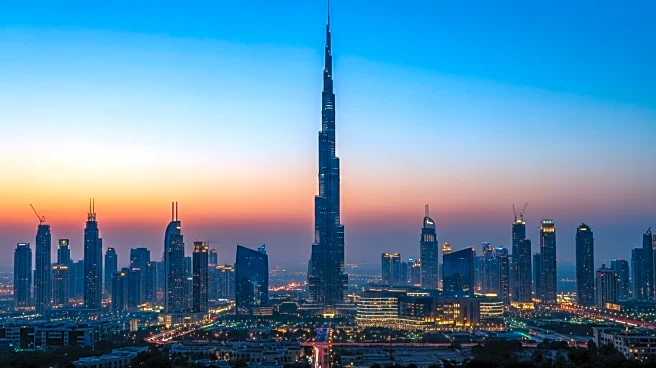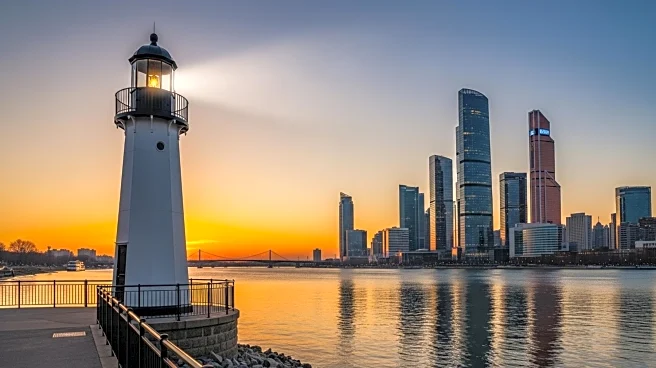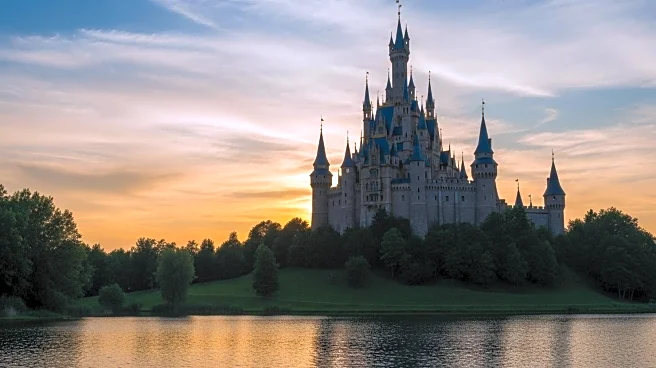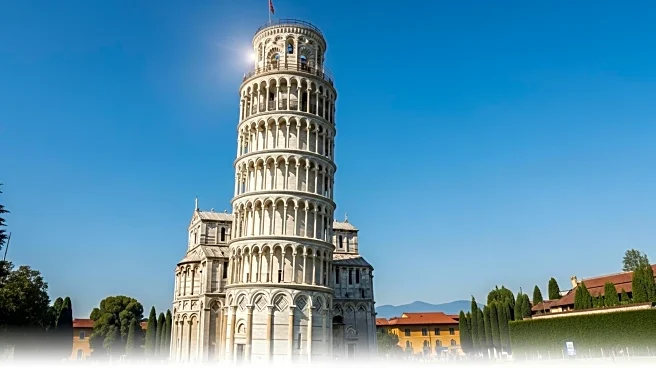The construction of the Burj Khalifa was a monumental task that required visionary leadership and strategic planning. Spearheaded by Emaar Properties, the project involved collaboration between architects, engineers, and construction teams from around the world. The leadership behind this endeavor was crucial in overcoming the technical and logistical challenges associated with building the world's tallest structure.
Leadership Context
The leadership context of the Burj Khalifa's construction was defined by the ambition to create a landmark that would symbolize Dubai's growth and modernization. Emaar Properties, led by Mohamed Alabbar, played a pivotal role in driving the project forward, ensuring that the vision for the skyscraper was realized.
Decisions and Strategies
Key decisions in the Burj Khalifa's construction included selecting the architectural firm of Adrian Smith and the engineering expertise of Skidmore, Owings & Merrill. Strategic planning involved meticulous attention to detail, from the choice of materials to the implementation of advanced construction techniques.
Outcomes and Accountability
The successful completion of the Burj Khalifa in 2010 was a testament to the effective leadership and accountability of all parties involved. The project was completed within budget and on schedule, setting a new benchmark for large-scale construction projects.
Lessons for U.S. Audiences
For U.S. audiences, the leadership behind the Burj Khalifa offers valuable lessons in project management, collaboration, and innovation. It highlights the importance of visionary leadership in achieving ambitious goals and the need for strategic planning in overcoming complex challenges.
 Discover Daily • 7 min read
Discover Daily • 7 min read 










